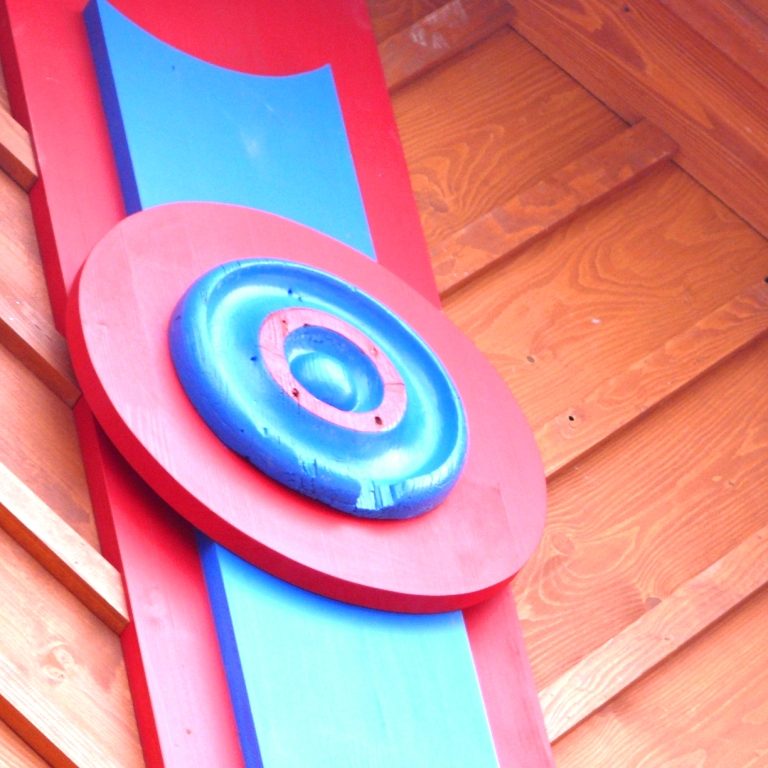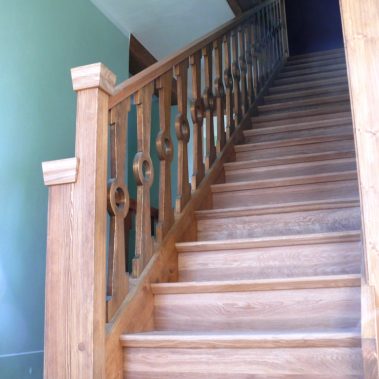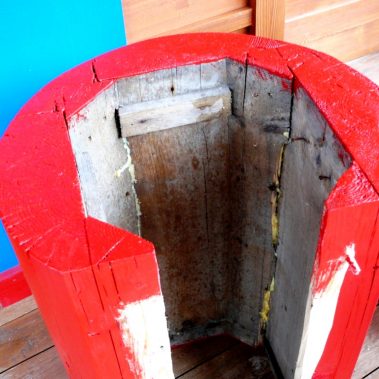Gočár Houses in the Zoological Garden of the Capital City of Prague, Prague - Trója, Czech Republic

| Address: | Zoologická zahrada hl. města Prahy, U Trojského zámku 3/120, 171 00 Praha 7 |
|---|---|
| Description of work: | Restoration survey
Complete reconstruction of the houses no. 18 and 19 |
| Contractor: | GEMA ART GROUP a.s. |
| Investor: | The Zoological Garden of the Capital city of Prague |
| Implementation: | 04/-12/2010 |
The two timber houses nos. 18 and 19 are rare architectonic examples of the Art Deco style combined with elements of the vernacular architecture of the newly established Czechoslovak Republic. Architect Josef Gočár originally designed the houses for the site of the State Airport in Prague-Kbely. One of the houses was used as a restaurant and a departure lounge for passengers, the second served as a store and accommodation for the airport chief engineer. During the 1960s, when the airport became army property, demolition of the houses was under consideration. This was avoided thanks to intervention by the director of the Zoological Garden Prof. Zdeněk Veselovský, who organized the relocation of the houses to the Zoological Garden site in the Prague district of Troja. For many years the houses were used there for storage, as accommodation for the Zoological Garden gardener and other purposes. This came to an abrupt end in August 2002, when the Zoological Garden and the houses with it were severely affected by the devastating floods. Subsequently the Gočár houses were for several years left to deteriorate.
Because of the exceptional architectural significance of the houses, their removal to different location in Prague, where they could be used as a coffee house and a Josef Gočár museum, was contemplated. In the end it was decided to move the houses above the flood zone within the Zoological Garden complex. The European Regional Development Fund provided a significant financial contribution to the project. The official opening took place on 26th March 2011 and marked the 80th opening season in the history of the Zoological Garden.
Restoration work mostly concerned the preserved wooden parts such as post and decorative disk panels. Before the work and the actual dismantling of the houses commenced, detailed photo documentation was carried out. The houses were then taken apart and moved into upper areas of the Zoological Garden, next to the Siberian tigers’ enclosure.
The timber was found to be overall in a very poor state. The boards were rotten, in places disintegrated and mechanically damaged. The edges of the boards had rotted away and had to be sawn off and replaced by copies. Some parts had to be altogether substituted by copies. More recent dark brown layers of paint on the wood surface were removed using vibrating disk sanders. Original wooden parts were treated with fungicides and insecticides. For the final coat of paint the colours red, blue and white were chosen according to the original samples designed by the architect Josef Gočár himself. Some archival drawings suggested green paint for the surfaces of the wooden window claddings but colour probing did not confirm its presence and green colour was not used during the restoration.
Restoration survey:
The restoration survey concentrated on the identification of the original colour schemes of the Gočár houses as very few elements dating back to the time of their construction survived.
House no. 18 did not retain any of the original decorative features; house no. 19 had a cylindrical supporting post on the veranda and three exterior decorative disks. The windows originally also had decorative elements.
Both the discs and the post were subjected to detailed research into their colour schemes. After the removal of the dark brown paint from the 1970s, small fragments of the original red and blue paint, oxidized by exposure to the elements, were uncovered. On the foot of the post were remnants of red paint, the post itself had a residual blue coating. The original paint was found mostly in the fissures. The timber would have most likely been painted with an undercoat before the red and blue paint was applied.
According to the original plans from the 1920s, the houses should also have been painted with green paint but no traces of it were found in any of the parts examined and the combination of blue and red was adhered to.
Restoration of the preserved elements – the post:
The post was dismantled and the later paint layer scraped off. More significant cracks and unevenness between the individual planks were ameliorated using suitably shaped inserts. The timber was treated with insecticides and fungicides and the surface coated with suitable paint materials and synthetic alkaline resins.
Restoration of the preserved elements – the decorative discs:
The surface of the wood was mechanically sanded using sand paper, sponges and steel wool, followed by an application of insecticides and fungicides. The discs were then coated with suitable synthetic paint materials and alkaline resins.
Gočárovy domky se nachází v areálu Zoologické zahrady hl. města Prahy, v rámci prohlídky je možné zavítat do domků, v nichž funguje restaurace.
Otevírací doba pražské zoo:
Duben, květen, září, říjen: 9:00 – 18:00
Červen, červenec, srpen 9:00 – 19:00
Březen 9:00 – 17:00
Listopad, prosinec, leden, únor 9:00 – 16:00
Vstupné: 200 Kč dospělí, děti, studenti 150 Kč, důchodci nad 70 let 1 Kč




























